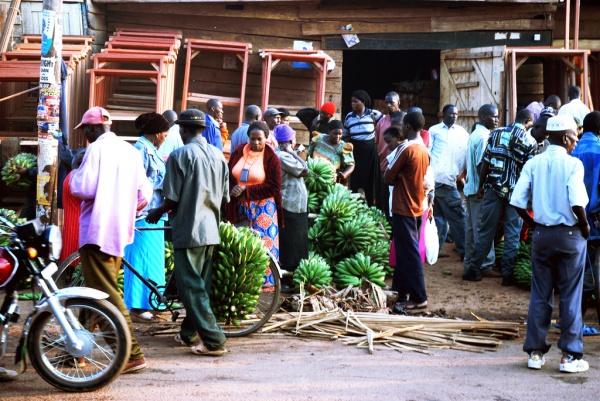Facts About Matoke
East African Highland bananas, locally referred to as Mutika/Lujugira, are a distinctive type of triploid banana that play a vital role in the diets of people residing around the African Great Lakes, notably in countries such as Uganda and Tanzania. These bananas are the primary ingredient in matoke, a cherished dish made from green bananas that are cooked and often mashed or pounded into a hearty meal.
A unique characteristic of these bananas is the presence of black blotches on their pseudostems, making them easy to identify. They are genetically distinct from other banana varieties and have been cultivated in the region for over a millennium. Uganda, Burundi, and Rwanda boast significant banana diversity. Notably, Uganda is the second-largest banana producer globally, growing them mainly for local consumption.
Preparing matoke is somewhat of an art. The bananas are peeled and steamed for several hours until they become soft and turn a vibrant yellow. Once cooked, they are mashed and typically served with a flavorful sauce made from vegetables, ground peanuts, or meat. In Tanzania, the preparation varies slightly; the bananas are often cooked with meat or fish and mixed with beans or groundnuts, although they are not usually mashed. Traditionally, the dish is served on banana leaves, adding an extra touch of authenticity.

 Uganda
Uganda